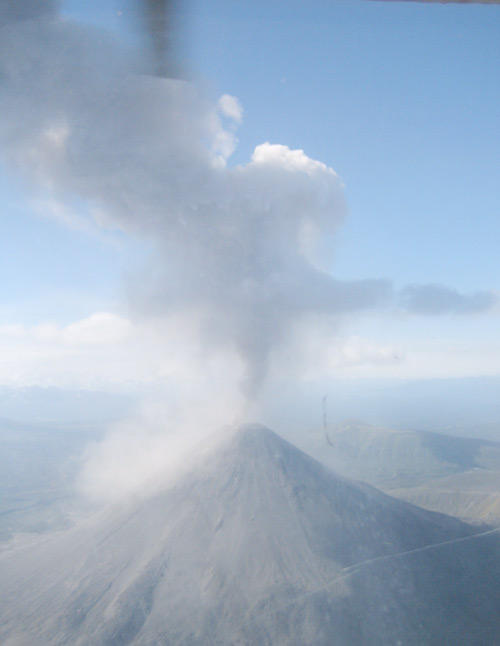About the Roots of Life
Since their discovery, Archaea were suspected to be descendents or even living fossils of the earliest life forms.

Hovedinnhold
Archaea are believed to have ancient origins because many of them thrive under conditions that seem to define the extreme physico-chemical boarders where life can be supported, and are perhaps reminiscent of those on an early Earth. The current record holders for living at high temperature (ca 120°C), or in acidic environments (pH<0), or in saturated salts are organisms from among the Archaea.
Life is thought to have arisen around 3.8 billion years ago with the first Prokaryotes. Having evolved about 2 billion years longer than eukaryotic organisms, prokaryotic microorganisms have an extraordinary diversity and habitat range.
In the late 1970s, when biological macromolecules were used for the first time to measure natural evolutionary distances, it was shown that the Prokaryotes are deeply divided into two main phyla, the Bacteria and the Archaea. Since their discovery, Archaea were suspected to be descendents or even living fossils of the earliest life forms (as the name suggests).
Many of them thrive under conditions that seem to define the extreme physico-chemical boarders where life can be supported, and are perhaps reminiscent of those on an early Earth. The current record holders for life at high temperature (ca 120°C), low pH (pH<0), or in saturated salts are among the Archaea. However, several extremophiles are also found in the second of the prokaryotic domains, the Bacteria.
Since hyperthermophilic organisms of both domains root the phylogenetic trees, it has been widely speculated that the last common ancestors and perhaps the first organisms were indeed hyperthermophiles. The attractive hypothesis of a hot root of life has been debated since hyperthermophiles exhibit specific, highly sophisticated adaptations (e.g. highly modified tRNAs and rRNAs, reverse gyrase); and also because the information processing machinery of Archaea (replication, transcription, DNA repair etc.) is considerably more complex than that in Bacteria, and is clearly related to those of eukaryotes.
Therefore, the study of Archaea gives clues about the evolution of those processes that occur in the eukaryotic nucleus. Finding out more about the origin of these central processes sheds light on our own evolutionary history and on the complexity of the last common ancestor.
In the very few studies on communities of deep sea and terrestrial hydrothermal vents, an unexpectedly high diversity of Archaea was detected - there is much yet to be learned about hyperthermophilic chemo-lithoautotrophic organisms because they have not been extensively studied yet. Even much less is known about Bacteria in hot environments. Increasing the knowledge on the diversity, genome content, physiological potential and adaptive strategies of the prokaryotes from the deep biosphere, will significantly contribute to the understanding of the roots of life.
